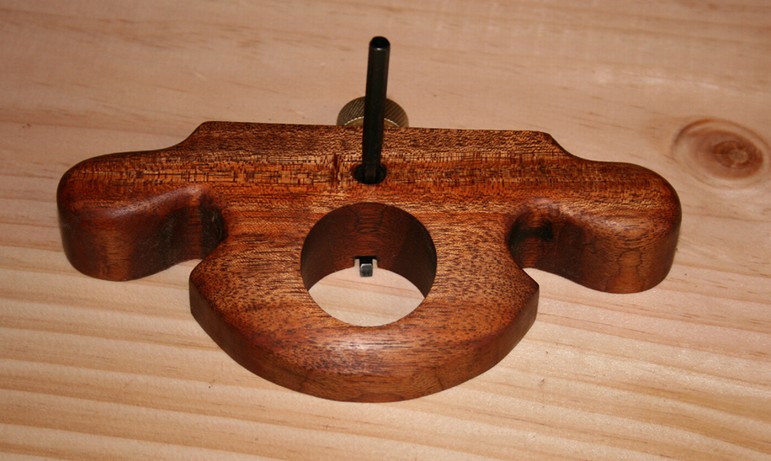Gerard Scanlan
Established Member
I was inspired by Pauls Sellers' blog about the poorman's router. Then a couple of days later he posted the 'not so poorman's router' again with instructions for building it. I was all fired up now at the idea of saving 30 quid plus on a hand router off ebay that I set to work. Paul Sellers suggest using an allen key for the cutter. Unfortunately ten minutes in to filing the allen key I realised that this soft steel was not going to stay sharp for long. A decent allen key would no doubt have done the job a whle lot better. So on my next trip to the local scrap merchants I had a dig around in the broken lathe tools box and found myself a piece of hardened steel.
The pictures tell the story. As it was a sort of trial and error design I would probably go for a simpler design next time. The wing nut is tapped through a piece of brass and fixes the cutter in place. I made it with a scrap of sycamore I had in the off cuts box. And it works!
Please post your pictures if you made a Sellers design or one of your own.
The pictures tell the story. As it was a sort of trial and error design I would probably go for a simpler design next time. The wing nut is tapped through a piece of brass and fixes the cutter in place. I made it with a scrap of sycamore I had in the off cuts box. And it works!
Please post your pictures if you made a Sellers design or one of your own.











































